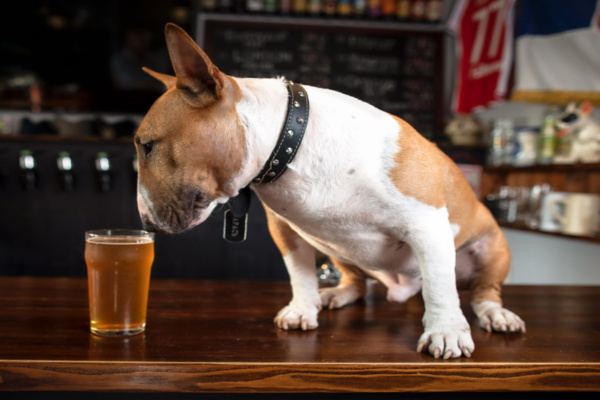As the year comes to an end, there are certainly going to be celebrations in hopes for a better new year. Here are some helpful considerations from Pets Best Health Insurance for keeping your four-legged family members safe and happy as you embark on New Year’s Eve celebrations.
1. Be Wary of Fireworks
It’s well known that the Fourth of July is one of the most common times for pets to be picked up by animal control. People are often gathering in large groups and lighting off fireworks to celebrate Independence Day, which can be terrifying for some dogs. New Year’s Eve is another time that people love to celebrate with fireworks and all that noise can translate to a dog or cat who flees in a panic.
2. Keep Your Pet in a Quiet Room
If you’re planning on celebrating New Year’s with an event that might be considered scary to your pet, be sure to accommodate them by providing a quiet calm space for them to be away from the noise. Make sure the space is escape proof and has adequate bedding, toys, and water.
Some animals may benefit from one of the following to help lessen the intensity of voices and fireworks:
- White noise machine
- Radio
- TV
Very anxious pets may benefit from a prescription medication to lessen their anxiety surrounding noisy gatherings and fireworks. Anti-anxiety medications aimed at relieving noise phobias are routinely dispensed around the Fourth of July, but it’s also common to celebrate the New Year with fireworks as well. Talk with your veterinarian if you believe a calming medication might be helpful for your fearful or anxious furry family member.
3. Use ID Tags & Microchips
It is possible that despite your safe quiet space and calming medications, your pet may still manage to escape and run. In this case, it is wise to have up-to-date identification on your pet. Collars with tags and a correct contact number are crucial. In addition, consider microchipping as an excellent addition to a collar.
Microchips are especially great for cats that spend time outdoors, since they are adept at removing their collars. The Journal of the American Veterinary Medical Association (AVMA) published a study that suggested a 238% increased return-to-owner rate for lost dogs with microchips, versus without. And for cats, the statistic is even more astounding, with a 2000% increase in the likelihood of reuniting with lost cats with microchips to their owners versus those without.
You can ensure your microchip information is correct and current by entering the number in the American Animal Hospital Associations microchip finder. Some microchip companies may charge a nominal fee to have your information updated but doing so is a crucial key to improving your chances of being reunited with your pet.
4. Keep Your Pet Away From Food & Alcohol
Coming to the end of the year prepared with a safe, calming space and identification with up-to-date information is great for those reclusive pets, but what about the ones who like to mingle?
Holiday Food that’s Dangerous for Pets
For these outgoing fur friends that want to be part of the party, make sure they don’t have the ability to get into party foods that might be dangerous for them, especially the following:
- Grapes and raisins – which have the potential to cause kidney failure
- Chocolate – which can lead to seizures and death
- Macadamia Nuts – which cause muscle tremors
- Larger quantities of onions and garlic can be toxic to dogs.
- Fatty foods consumed in larger portions can lead to pancreatitis
Keep Alcohol Away from your Dog or Cat
And what would a New Year’s party be without a champagne toast?? Be sure to keep all alcohol products away from animals. Alcohol can be toxic to pets, even in small amounts. If your pet does get into any kind of alcohol, call your vet and/or the ASPCA Animal Poison Control Center at (888) 426-4435 right away to get the right advice about what to do next.
—
Photo Credit: Elsombre_Art / Shutterstock.com
